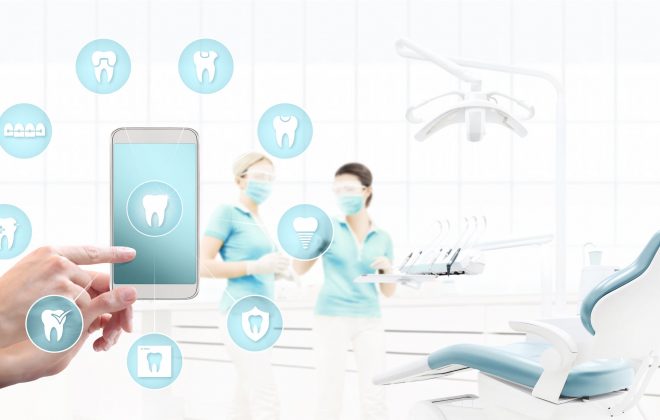Orthodontists SEO Sydney Melbourne Brisbane: Medical SEO
What Orthodontic Conditions Can and Can’t Invisalign Fix?
In orthodontics, Invisalign has been a game-changer. The plastic aligner system has engaged more than 5,000,000 orthodontic patients across the globe. Superior aesthetics are the most engaging piece of the revolutionary medical technique. To fix a few issues, different medications, for example, braces are suitable. That’s the reason it’s fundamental to get personalized advice from an expert Orthodontist – Invisalign Is a Status Brand for Dentists.
Issues Which Orthodontic Can Invisalign Treat?
The accompanying issues can be treated by Invisalign in certain patients, but not all, contingent upon the seriousness or if there is a mix of issues:
Overbite
An overbite (when the upper teeth close excessively far before the base teeth) can make it difficult to bite and chomp into certain foods. Will Invisalign fix an overbite? Now and again, Invisalign can be used to move teeth with the goal that the top and base teeth adjust appropriately when your mouth is shut.
Holes in Teeth
If you have a hole between at least two teeth, you have a separating issue. This abundance space is an issue with food getting captured among teeth and gums, causing agony and gum infection. Invisalign can close the holes to make a more beneficial mouth and increasingly tasteful grin, but there are constraints in how much space should be shut.
Crowded Teeth
When there isn’t sufficient room in the jaw to oblige all of your teeth, they can cover and bend; this is known as swarming. Can Invisalign fix swarming? Invisalign can work for certain instances of swarmed teeth, contingent upon the seriousness and multifaceted nature of the issue – Invisalign Is a Status Brand for Dentists.
Restrictions of Invisalign
Invisalign doesn’t have indistinguishable power and capacities to move teeth from supports. In this way, complex orthodontic treatment or cases that require significant development of teeth need props, not Invisalign to accomplish the ideal result. The following are a few circumstances where Invisalign may not fill in as adequately as supports:
Tooth Shape
A few patients have teeth that aren’t ideal for fitting inside the aligner. Short, round, pegged teeth or those with serious tips may not allow the aligner to get a decent hold. In this way, the aligner isn’t successful at moving your teeth into the ideal position.
Tooth Position
When a mouth is stuffed, a tooth may turn to fit. If the pivot is more than 20 degrees for molars, Invisalign can’t move them into the ideal position. The level of pivot can be more if the turned teeth are canines, premolars, and incisors. Teeth can likewise tilt forward or back to fit in a jam-packed mouth. If the tilt is more than 45 degrees, Invisalign will battle to maneuver the tooth up into the ideal spot.
Interruption and Extrusion
Orthodontics can raise and lower the situation of teeth in the jawbone, so the tallness of the teeth is the equivalent. Props have the power to move teeth into position while Invisalign can accomplish constrained development in front teeth and almost no development in back teeth.
Utilization of Visible Attachments
Invisalign patients frequently pick this treatment because the aligners are virtually undetectable. However, some Invisalign patients need to use connections with their Invisalign. The finish shaded, button-like links are somewhat visible.
For orthodontists SEO is usually very effective. Rank top for orthodontics in Sydney, Melbourne, Brisbane, Adelaide, Canberra and Wollongong. We are medical SEO specialists who can give you fantastic rankings for Invisalign, dental implants, sleep dentistry, all-on-four, and other dental keywords.
Categories
- Animals (1)
- Blog (38)
- Client Links (9)
- Design (5)
- Digital Marketing (41)
- Media (6)
- Music (1)
- News (12)
- SEO Case Studies (11)
- SEO Company Sydney (7)
- SEO Posts (23)
- SEO Sydney (17)
- SEO Testimonials (5)
- Social Media Australia (7)
- Social Media Management (8)
- Social Media Managers (2)
- Social Media Sydney (8)
- Social Media Training (2)
- Travel (4)
- Uncategorized (3)



